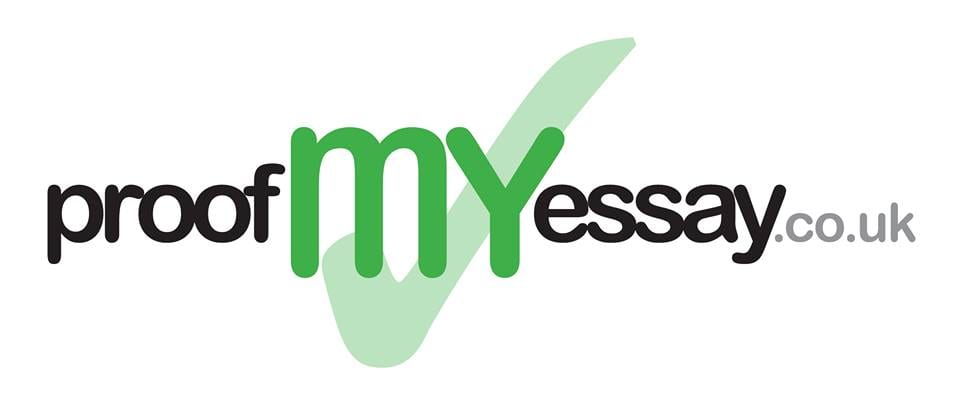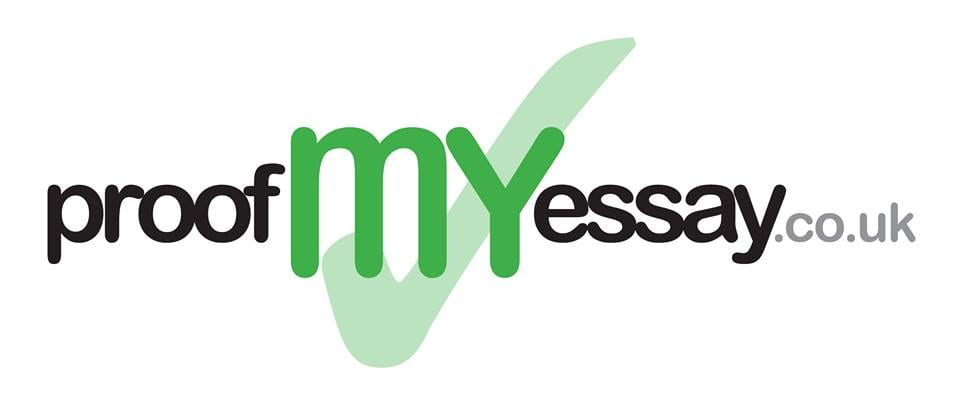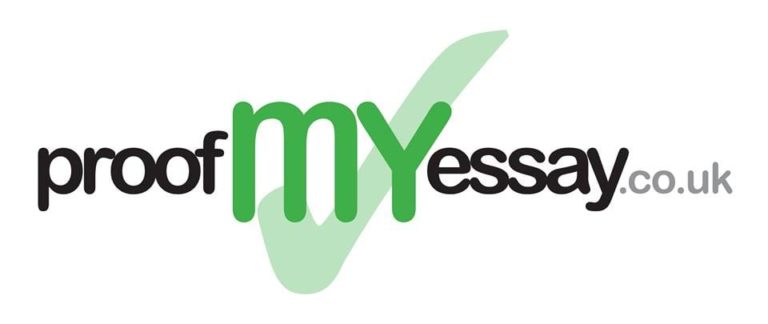The Oxford Standard for Citation of Legal Authorities, otherwise known as the OSCOLA referencing standard, is used to cite law reports, cases, legislation, legal journals, or any other law-related source or item of specialised literature. The OSCOLA referencing standard contains its own set of strict rules; writing good papers in the field of law implies a good knowledge of all these referencing rules.
The Oxford University Standard for Citation of Legal Authorities has been designed by Oxford University, as the name also reveals; the Oxford Law Faculty, consulting the OSCOLA Editorial Advisory Board, has revised the system in order to facilitate as much as possible the accurate citation of legal materials and legislation. Most law journals, book publishers and law schools use and encourage the use of the OSCOLA standard, both in the United Kingdom and in many countries around the world. For details regarding the use of this referencing standard, you can consult the dedicated sections from websites such as: University of Salford, University of the West of England, University of Portsmouth.
Main traits
Since you are reading this article, you probably know that in an academic paper you have to back up your claims by citing the sources you have used, either in text, or in footnotes. The same goes with law-concerned papers. Legal writing cites legal sources such as statuses and cases, together with secondary sources such as books, specialised websites, journal articles or policy statements. The OSCOLA referencing standard relies on footnotes for all citations; end notes and in-text citations are absent in papers that employ this system. Books, theses, or any longer work may include its citations in tables of cases and legislation, or in lengthy bibliographies.
Punctuation
The OSCOLA referencing standard uses little to no punctuation at all. No full stops are used after abbreviations (for instance, QB and not Q.B. for Queen’s Bench). When there are two parties in a case, “versus” is abbreviated as v, also lacking a full stop. The comma is used for separating parts of a book reference, usually being found between the author’s name and the book’s title. The colon is set between a publication’s title and its subtitle, as in “Animal Cruelty: Law and Practice”.
Citing books and book chapters
The OSCOLA referencing standard has a number of clear rules for citing books, book sections or chapters. When a book has a single author, it will be cited in the following order: the authors initials or first name, his or her surname, the title in italics, the edition, name of the publisher, place of the publication and date (the last four items being in brackets). Lastly, the pages where the information is found are mentioned. Here is an example:
Hans Kelsen, General Theory of Law and State (2nd ed. The Lawbook Exchange, New Jersey 2007) 26
When you need to cite a book with multiple authors, use (ed) or (eds) after their name(s). For example:
John Marshall Rogers (ed), Michael P. Healy, Ronald J. Krotoszynski, Administrative law, (Wolters Kluwer, Law and Business 2008) 85
If you have cited more than one work by the same author, list the works in chronological order. Furthermore, you need not write the author’s name before each title: simply mention it before the first item and replace it with two dashes before the other titles.
Example: Hart HLA, Law, Liberty and Morality (OUP 1963)
– -Punishment and Responsibility (OUP 1968)
Citing parliamentary debates
The OSCOLA referencing standard requires you to first mention whether the debate occurred in the House of Commons or House of Lords Hansard (HC and HL, respectively), followed by the abbreviation “Deb” together with the full date, number and column number. Every printed page has two columns: you need to place a “W” after the column number in the case of HC debates, and a “WA” before the column number for HL debates, “WA” standing for written answer. When using the online Hansard, cite it in the same manner of citing the printed version.
HL Deb 4 March 2000, vol 407, cols 659-36
Citing EU treaties and Legislation
If you cite EU legislation and treaties, the OSCOLA referencing standard requires you to mention the title of the treaty, year of publication, the series of the Official Journal, together with the issue and page numbers where the citation is found. An example is provided below:
Consolidated version of the Treaty establishing the European Atomic Energy Community [2010] OJ C 84/3
Citing cases and law reports
In the United Kingdom, the foremost source for your law report is obtained by first providing a neutral citation (for the cases after 2001) and citing the most authoritative source, namely the Official Law Reports. The next best source would be the Weekly Law Reports, followed by the All England Reports. These three sources represent the best citation if the case you cite is reported exclusively in a specialist series (like the Family Law Reports, for instance).
In the OSCOLA referencing standard, case names are to be written exclusively in lower case, using italics. Furthermore, the date is written in round or square brackets. Square brackets are used for the dates of reports that have several volumes of the same numbering sequence within one year. Round brackets are used for less important dates, such as the ones of reports that use a year by year numbering sequence to indicate volumes.
Example: Johnson & Patrick BC [2001]5 AC810 (HL)
Where the name of the party is Johnson & Patrick BC, year of the report is 1990, volume number where the case is reported:5, ACis the abbreviation for the law report title, HL is the court.
Judgments in the High Court or above are assigned a “neutral citation” with the purpose of helping to locate cases published on the Internet, including those that have not been reported in law report series.
Example: Stewart v Rayleigh & Co [2009] UKSC 36, [2010]2 AC180
Name of the parties: Stewart v Rayleigh & Co.
Neutral citation: the 36th Supreme Court judgement in 2009,
Citation to where the case is reported: [2010]2 AC180.
Journal articles
In the case of journal articles, the OSCOLA referencing standard has a different rule: write down the author’s name followed by the title of the article. However, unlike the titles of books, article titles are not written in italics. Furthermore, the main words of the title need to start with capital letters.
Law Journal titles are usually abbreviated; in this regard, consult the Cardiff Index of Legal Abbreviations for guidance regarding printed journals. The dates of the cited articles are written using the same rules used for the citation of Law Reports. Next comes the volume number or month, the issue number (also in brackets, in case every issue of the journal starts at page 1) and lastly the page of the article.
Daryl J. Levinson, ‘Parchment and Politics: The Positive Puzzle of Constitutional Commitment’ (2005) 75 HLR 750
For journal articles that are available exclusively online, add the full URL and mention the date on which you have accessed the site.
Example:
N Vandezande, ‘Identification numbers as pseudonyms in the EU public sector’
(2011) 2 (2) EJTL < http://ejlt.org//article/view/65 > accessed 8 September 2012
Encyclopedias
The OSCOLA referencing standard cites encyclopaedias in the same way as citing books; however, you need to exclude editors, overseeing authors and publishers. Include the edition, the year, date and number of issue (it is normally found at the foot of the page).
Example:
International Encyclopaedia of Law (4th end, 2011) vol 13 para 45 Notter Up Issue 535 May 2011
Newspaper articles
For newspaper articles, mention the author, full title, the title of the newspaper, followed by parentheses containing the city and date, and lastly the pages, outside the parentheses.
Example:
Thomas Peterson, ‘Supreme Court Decision Triggers Outrage among Students’
The Guardian (London 5 Sep 2009) 5
The OSCOLA referencing standard has the following rules for citing Case Notes: if there is no article title, mention the name of the parties in quotes, adding “(case note)” or “(case comment)” followed by the journal citation.
Citing websites and blogs
For citing free websites like the ones of government departments and professional organisations, you need to mention the author or corporate author, title (in single inverted commas), document type, followed by the full URL and access date. An example is illustrated below:
The Associated Press ‘Court to hear challenge to Calif. DNA sample law’ (FindLaw, 19 September 2012)
< http://news.findlaw.com/apnews/2973f846d51248b2b240688d250422b3 > accessed 21 September 2012
Footnotes
The OSCOLA referencing standard employs the use of bottom page footnotes. A running number used as a footnote indicator follows referenced sentences. When a subsequent reference to the same book is made, the new footnote only mentions the author’s name, the number of the original footnote, in brackets, and the new page you cite. Here an example of referencing a short quote:
Hans Kelsen argues that “a command is binding, not because the individual commanding has an actual superiority in power, but because he is authorized or empowered to issue commands of a binding nature” (1). He further mentions that the “binding force of a command is not derived from the command itself but from the conditions under which the command is being issued.” (2)
—————-
1 H Kelsen, General Theory of Law and State (The Lawbook Exchange, New Jersey, 2007) 32
2 Kelsen (n 1) 33
If you have a Smartphone, then check out some of the available apps to help with your OSCOLA referencing!
Are you struggling with the perfect OSCOLA Format in your essay? Academic Sciences is able to provide custom essays and model answers which can help you manage your OSCOLA Format essay writing and get the grade you want. We have a variety of solutions available to you to suit both your academic level, time frame and budget. Have a look through our academic guides and if you are still struggling, consider giving us a call or placing an order for an essay on-line.
[two_columns height=”210″ border=”border”]
[list style=”orb” color=”blue”]
- If you wish to speak to one of our friendly consultants, please call: 0203 011 2240
- Text/whatsapp 07799 422 993
- And it is even easier to ping us an on-line message!
[/list]
[hozbreaktop]



